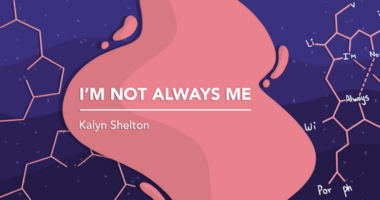What Are Porphyrins and How Are They Connected to Porphyria?

Porphyria refers to a group of rare diseases characterized by high levels of porphyrins in the blood, urine, and tissues.
What are porphyrins?
Porphyrins are ring-shaped molecules that undergo a series of chemical changes to produce heme — an important component of the protein hemoglobin, which carries oxygen in red blood cells. Heme is also important in oxidative phosphorylation, the process by which cells produce ATP (an energy molecule) in cellular compartments called mitochondria (also known as a cell’s “powerhouse”). Cells use heme to transport electrons during the process of making ATP. Almost all cells have mitochondria, and rely on this process for energy.
The body makes heme in a careful, step-by-step process. Enzymes catalyze each of the chemical reactions to make heme from porphyrins. Losing any of the enzymes in the pathway means that the body cannot make heme. This results in heme deficiency and porphyrin buildup.
What’s the connection between porphyrins and porphyria?
Red blood cells “live” for four months on average. The body, therefore, needs large amounts of heme to regularly produce new red blood cells. Other cells also require heme for energy production. When there is a shortage of heme, the body stimulates the production of the enzymes that produce both porphyrins and heme.
In porphyria, heme is deficient because of mutations in genes that encode for the enzymes that make heme from porphyrins. The body stimulates the pathway, but cannot make more heme because of shortages in one or more enzymes in the pathway. Making more of the other enzymes only means that the body produces more of the intermediate porphyrins, which accumulate in cells. The body becomes caught in a loop, stimulating porphyrin but no heme production.
How do treatments for porphyria work?
Treatments for porphyria like Panhematin work by providing the heme that the body can’t make. This prevents the overproduction of porphyrins.
Last updated: June 30, 2020
***
Porphyria News is strictly a news and information website about the disease. It does not provide medical advice, diagnosis, or treatment. This content is not intended to be a substitute for professional medical advice, diagnosis, or treatment. Always seek the advice of your physician or other qualified health provider with any questions you may have regarding a medical condition. Never disregard professional medical advice or delay in seeking it because of something you have read on this website.






